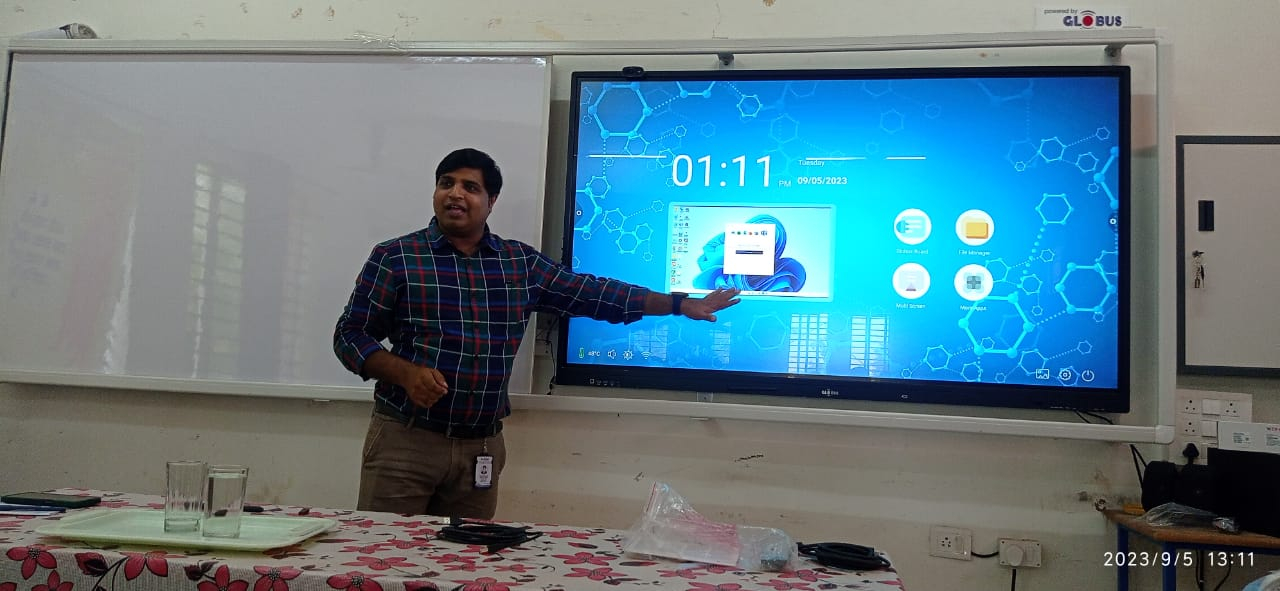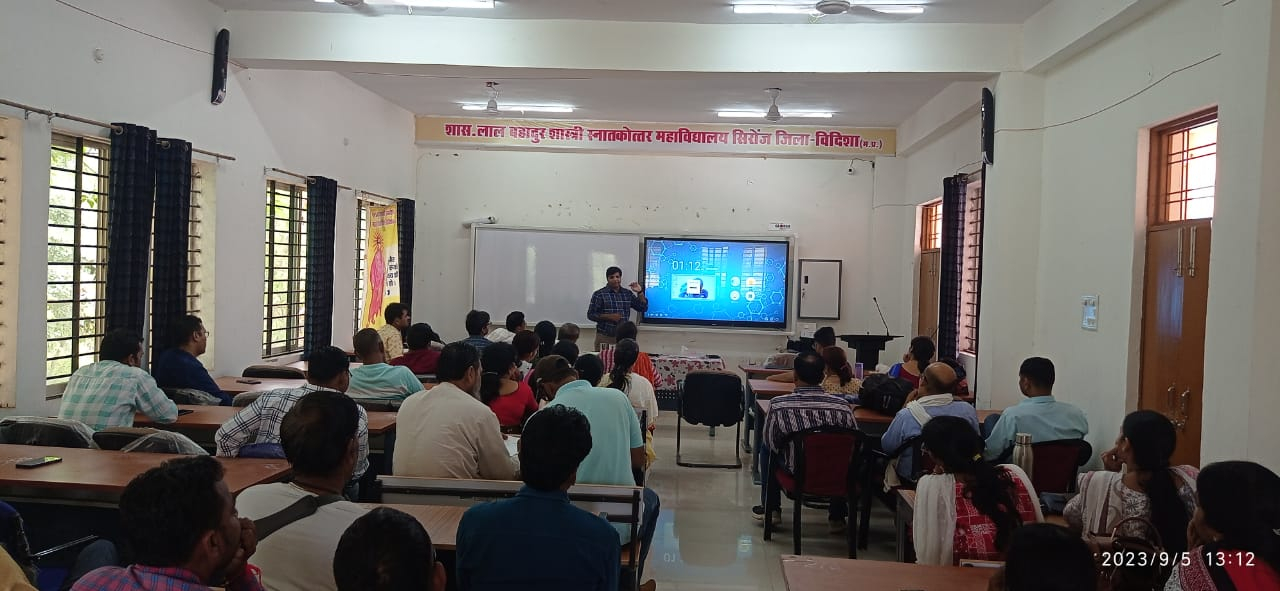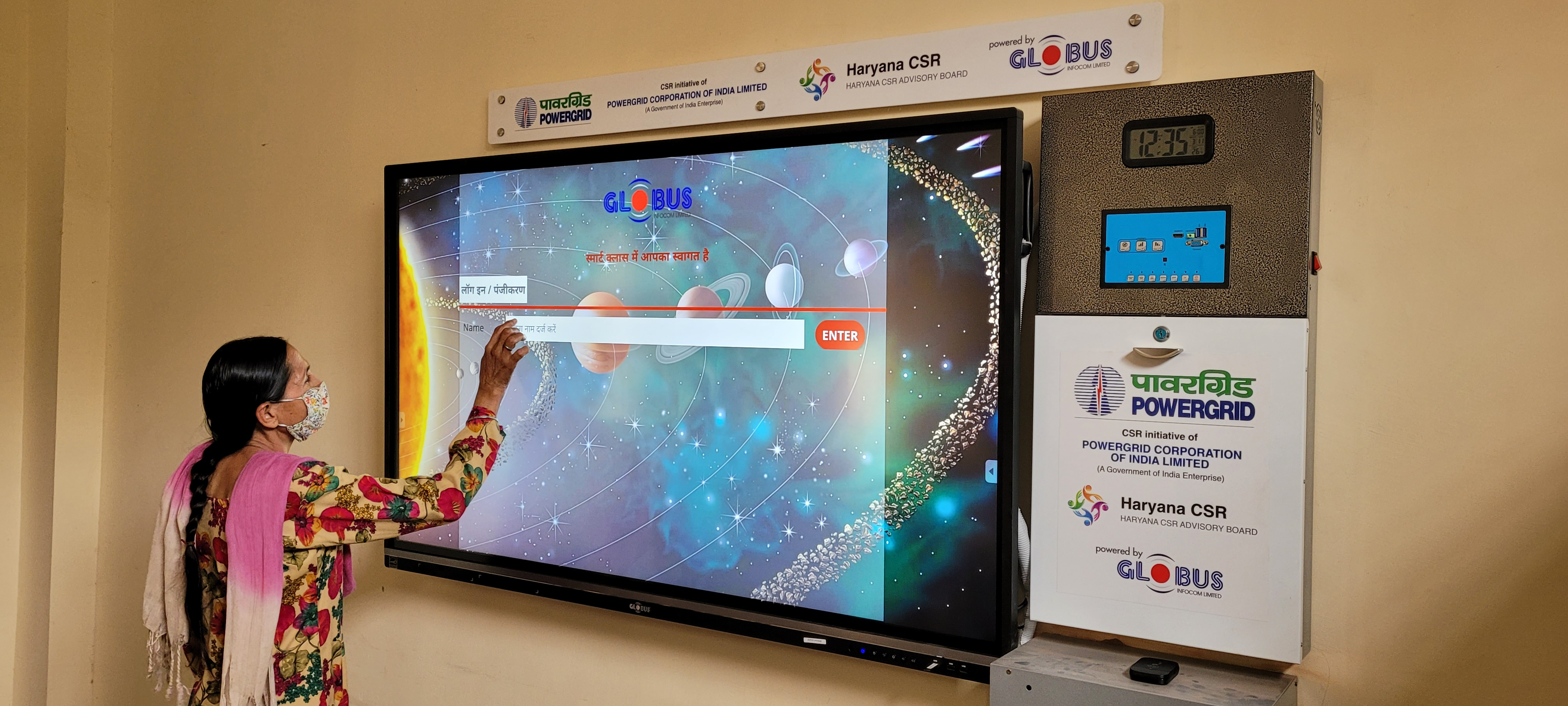- Description
-
Details
In the 21st century, education is undergoing a transformational shift, driven by rapid advancements in technology. Schools are evolving into intelligent institutions that embrace Smart Classroom School Systems, providing an innovative and data-driven approach to teaching and learning. In this article, we will explore the concept of intelligent schools, delve into the components of Smart Classroom School Systems, and discuss their profound impact on the future of education.
I. Understanding Intelligent Schools
What Are Intelligent Schools?
Intelligent schools are educational institutions that leverage technology, data, and innovative teaching methods to create dynamic and adaptive learning environments. These schools prioritize the use of data-driven decision-making, personalized learning experiences, and the integration of advanced technology to improve educational outcomes.
The Evolution of Intelligent Schools
The concept of intelligent schools has evolved alongside the digital age. Traditional educational models are shifting towards more flexible and personalized approaches. Intelligent schools recognize that technology can enhance both the teaching process and student performance, ultimately preparing students for the challenges of an increasingly digital world.
II. Components of Smart Classroom School Systems
Smart Classroom School Systems are at the heart of intelligent schools. These systems encompass a variety of components and technologies that work in harmony to transform traditional classrooms into dynamic and interactive learning spaces:
1. Interactive Displays and Whiteboards
Interactive displays and whiteboards serve as the core of Smart Classroom School Systems. They replace traditional chalkboards and whiteboards, offering touchscreen capabilities and the ability to display digital content. These interactive surfaces enable teachers and students to write, draw, and interact with educational materials.
2. Audio-Visual Systems
High-quality audio-visual systems, including projectors, surround sound speakers, and microphones, enhance the audio-visual experience in smart classrooms. Clear audio and visual presentations ensure that educational content is accessible to all students.
3. Wireless Connectivity
Robust Wi-Fi networks are essential for smart classrooms. They enable students and teachers to access online resources, conduct research, and collaborate on projects seamlessly. Wireless connectivity supports remote learning and the integration of digital resources.
4. Learning Management Systems (LMS)
Learning Management Systems serve as centralized platforms for managing course materials, assignments, grades, and communication. LMS platforms streamline administrative tasks for educators and provide students with easy access to educational resources.
5. Student Devices
Many Smart Classroom School Systems involve students using digital devices, such as laptops, tablets, or smartphones, for learning. These devices enable personalized learning, access to digital content, and interactive engagement with educational materials.
6. Digital Content and Resources
Smart classrooms rely on digital content, including e-books, interactive simulations, and educational apps. These resources enrich traditional textbooks, offering students a more diverse and interactive learning experience.
7. Collaboration Tools
Collaboration tools, such as video conferencing software and online collaboration platforms, facilitate communication and teamwork among students and teachers, whether they are in the same classroom or participating remotely.
8. Data Analytics and Assessment Tools
Data analytics tools collect and analyze student performance data, helping educators identify areas where students may need additional support. Assessment tools provide real-time feedback on student progress.
9. Security Systems
Security is a paramount concern in smart classrooms. Access control systems, surveillance cameras, and data encryption measures are implemented to safeguard both physical and digital assets, ensuring a secure learning environment.
10. Teacher Training and Professional Development
Smart Classroom School Systems require teacher training and ongoing professional development to ensure educators can effectively utilize technology in their teaching methods.
11. Student Information Systems
Student Information Systems manage student data, including attendance, grades, and personal information. These systems help schools efficiently manage student records and communicate with parents.
III. Benefits of Smart Classroom School Systems
The adoption of Smart Classroom School Systems within intelligent schools offers numerous advantages:
1. Enhanced Learning Experiences
Smart classrooms provide students with interactive and immersive learning experiences. The integration of multimedia elements, digital content, and interactive technologies makes complex concepts more accessible and engaging.
2. Improved Student Engagement
The use of interactive displays, multimedia resources, and collaboration tools captures students' attention and keeps them actively engaged in lessons. Enhanced engagement often leads to better retention of information.
3. Personalized Learning
Smart Classroom School Systems, including adaptive learning platforms and data analytics, enable personalized instruction tailored to each student's progress and needs. This personalization optimizes learning outcomes by adapting the curriculum to individual requirements.
4. Access to Rich Resources
Smart classrooms connect students to a wealth of digital resources and online educational materials, expanding their knowledge beyond traditional textbooks and encouraging independent research.
5. Collaboration and Communication
Smart classrooms foster collaborative learning. Students can work together on projects, access shared documents, and communicate with peers and teachers through digital platforms, enhancing teamwork and communication skills.
6. Preparation for the Digital Age
In an increasingly technology-driven world, students need digital literacy skills. Smart classrooms expose them to technology from an early age, preparing them for the demands of the modern workforce.
7. Remote Learning Opportunities
Smart classrooms equipped with wireless connectivity enable remote learning. This flexibility is crucial in situations such as pandemics or inclement weather when physical attendance may not be possible.
8. Data-Driven Instruction
Data analytics tools provide educators with valuable insights into student performance. They can identify areas of improvement and tailor instruction accordingly, ultimately leading to better academic outcomes.
9. Inclusive Education
Smart classrooms are designed to accommodate students with disabilities. Assistive technologies ensure that every student can access and participate in the learning process, promoting inclusivity.
10. Administrative Efficiency
Smart Classroom School Systems streamline administrative tasks for educators and school administrators, reducing paperwork and enhancing efficiency.
IV. Challenges and Considerations
While Smart Classroom School Systems offer numerous advantages, there are also challenges and considerations to keep in mind:
1. Cost of Implementation
The initial investment in Smart Classroom School Systems can be significant. Schools must budget for hardware, software, training, and ongoing maintenance.
2. Teacher Training and Support
Effective use of Smart Classroom technology requires teacher training and ongoing support. Schools must invest in professional development programs for educators.
3. Digital Equity
Ensuring that all students have access to technology, both in school and at home, is a critical consideration. Schools must address issues of digital equity to prevent disparities in learning opportunities.
4. Data Privacy and Security
Collecting and storing student data in Smart Classroom School Systems raise privacy and security concerns. Schools must implement robust data protection measures and comply with relevant regulations.
5. Technical Support and Maintenance
Smart Classroom technology requires technical support and maintenance to ensure smooth operation. Schools should have a plan in place to address technical issues promptly.
V. The Future of Intelligent Schools
The future of intelligent schools and Smart Classroom School Systems is promising. As technology continues to advance, these systems will likely incorporate even more sophisticated features, such as artificial intelligence-driven personalized learning experiences, extended reality (AR/VR) integration for immersive learning, and enhanced connectivity for seamless remote learning.
In conclusion, intelligent schools equipped with Smart Classroom School Systems are revolutionizing education by harnessing the power of technology to create dynamic, interactive, and data-driven learning environments. These systems offer numerous benefits, from enhanced learning experiences and improved engagement to personalized instruction and administrative efficiency. While challenges exist, the potential for enriching the educational experience and preparing students for the digital age makes intelligent schools and Smart Classroom School Systems a valuable asset in modern education. As technology continues to advance, the future of education holds exciting possibilities, shaping the way students learn and educators teach.
Smart Classroom Images





- Reviews
-
Default welcome msg!

